Hyundai IONIQ 6 vs Jaguar I-Pace – Performance, range & efficiency compared
Two cars, one duel: Hyundai IONIQ 6 meets Jaguar I-Pace.
Which one wins in performance, efficiency and value for money? Find out now!
Costs and Efficiency:
Price and efficiency are key factors when choosing a car – and this is often where the real differences emerge.
Hyundai IONIQ 6 has a decisively advantage in terms of price – it starts at 37600 £, while the Jaguar I-Pace costs 79200 £. That’s a price difference of around 41572 £.
In terms of energy consumption, the advantage goes to the Hyundai IONIQ 6: with 13.90 kWh per 100 km, it’s convincingly more efficient than the Jaguar I-Pace with 25.20 kWh. That’s a difference of about 11.30 kWh.
As for range, the Hyundai IONIQ 6 performs distinct better – achieving up to 614 km, about 145 km more than the Jaguar I-Pace.
Engine and Performance:
Power, torque and acceleration are the classic benchmarks for car enthusiasts – and here, some clear differences start to show.
When it comes to engine power, the Hyundai IONIQ 6 has a clearly perceptible edge – offering 650 HP compared to 400 HP. That’s roughly 250 HP more horsepower.
In acceleration from 0 to 100 km/h, the Hyundai IONIQ 6 is clearly quicker – completing the sprint in 3.20 s, while the Jaguar I-Pace takes 4.80 s. That’s about 1.60 s faster.
In terms of top speed, the Hyundai IONIQ 6 performs distinct better – reaching 257 km/h, while the Jaguar I-Pace tops out at 200 km/h. The difference is around 57 km/h.
There’s also a difference in torque: Hyundai IONIQ 6 pulls hardly perceptible stronger with 770 Nm compared to 696 Nm. That’s about 74 Nm difference.
Space and Everyday Use:
Cabin size, boot volume and payload all play a role in everyday practicality. Here, comfort and flexibility make the difference.
Both vehicles offer seating for 5 people.
In curb weight, Hyundai IONIQ 6 is noticeable lighter – 1850 kg compared to 2226 kg. The difference is around 376 kg.
In terms of boot space, the Jaguar I-Pace offers distinct more room – 638 L compared to 401 L. That’s a difference of about 237 L.
When it comes to payload, Jaguar I-Pace minimal takes the win – 444 kg compared to 430 kg. That’s a difference of about 14 kg.
Who comes out on top?
Overall, the Hyundai IONIQ 6 shows itself to be is largely superior and secures the title of DriveDuel Champion.
It convinces with the more balanced overall package and proves to be the more versatile choice for everyday use.
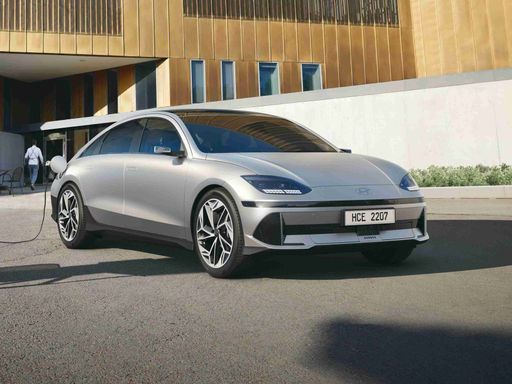
Hyundai IONIQ 6
Hyundai IONIQ 6
The Hyundai IONIQ 6 merges futuristic design with eco-friendly technology, offering a glimpse into the future of electric mobility. Its sleek silhouette and aerodynamic profile are sure to capture attention on the road, while the interior provides a seamless blend of comfort and cutting-edge digital features. With a focus on efficiency and sustainability, this model represents a significant step forward in the evolution of electric vehicles.
details @ hyundai.news
@ hyundai.news
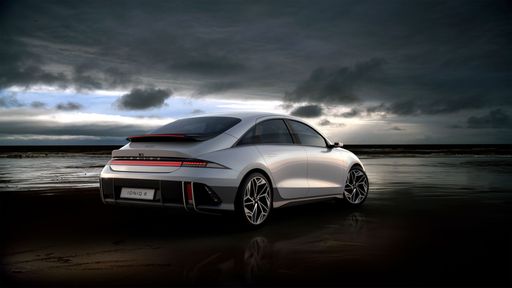 @ hyundai.news
@ hyundai.news
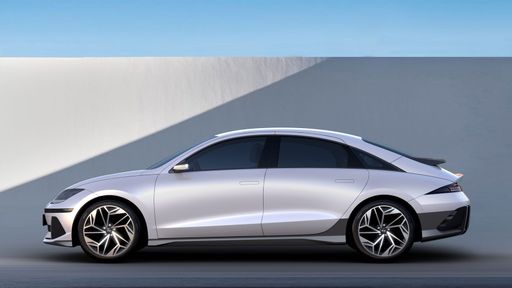 @ hyundai.news
@ hyundai.news
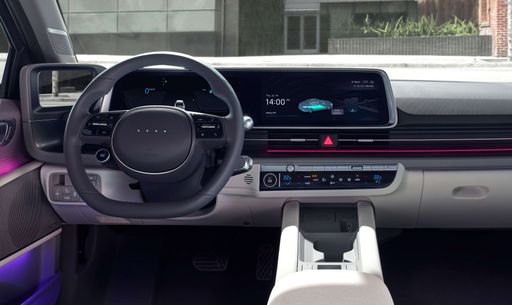 @ hyundai.news
@ hyundai.news
Jaguar I-Pace
The Jaguar I-Pace represents a remarkable fusion of cutting-edge electric performance and iconic British luxury. With its sleek design and spacious interior, this model redefines what one can expect from an electric vehicle in terms of style and comfort. Its impressive driving dynamics and advanced technology make it a standout choice for those looking to make a statement on the road.
details @ media.jaguar.com
@ media.jaguar.com
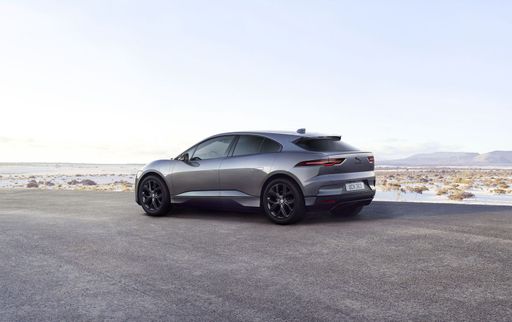 @ media.jaguar.com
@ media.jaguar.com
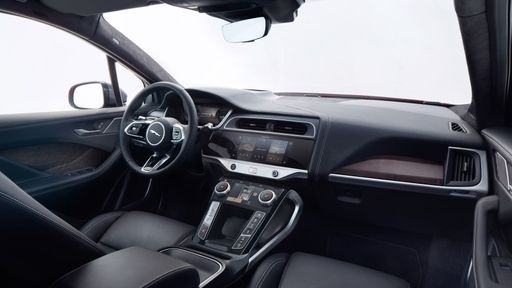 @ media.jaguar.com
@ media.jaguar.com

|

|
|
|
|
Costs and Consumption |
|
|---|---|
|
Price
37600 - 64300 £
|
Price
79200 - 85500 £
|
|
Consumption L/100km
-
|
Consumption L/100km
-
|
|
Consumption kWh/100km
13.9 - 15.1 kWh
|
Consumption kWh/100km
25.20 kWh
|
|
Electric Range
429 - 614 km
|
Electric Range
469 km
|
|
Battery Capacity
53 - 84 kWh
|
Battery Capacity
84.70 kWh
|
|
co2
0 g/km
|
co2
0 g/km
|
|
Fuel tank capacity
-
|
Fuel tank capacity
-
|
Dimensions and Body |
|
|---|---|
|
Body Type
Hatchback
|
Body Type
SUV
|
|
Seats
5
|
Seats
5
|
|
Doors
4
|
Doors
5
|
|
Curb weight
1850 - 2095 kg
|
Curb weight
2226 kg
|
|
Trunk capacity
401 L
|
Trunk capacity
638 L
|
|
Length
4855 - 4935 mm
|
Length
4682 mm
|
|
Width
1880 - 1940 mm
|
Width
2011 mm
|
|
Height
1495 mm
|
Height
1566 mm
|
|
Max trunk capacity
-
|
Max trunk capacity
1453 L
|
|
Payload
425 - 430 kg
|
Payload
444 kg
|
Engine and Performance |
|
|---|---|
|
Engine Type
Electric
|
Engine Type
Electric
|
|
Transmission
Automatic
|
Transmission
Automatic
|
|
Transmission Detail
Reduction Gearbox
|
Transmission Detail
Reduction Gearbox
|
|
Drive Type
Rear-Wheel Drive, All-Wheel Drive
|
Drive Type
All-Wheel Drive
|
|
Power HP
151 - 650 HP
|
Power HP
400 HP
|
|
Acceleration 0-100km/h
3.2 - 8.8 s
|
Acceleration 0-100km/h
4.80 s
|
|
Max Speed
185 - 257 km/h
|
Max Speed
200 km/h
|
|
Torque
350 - 770 Nm
|
Torque
696 Nm
|
|
Number of Cylinders
-
|
Number of Cylinders
-
|
|
Power kW
111 - 478 kW
|
Power kW
294 kW
|
|
Engine capacity
-
|
Engine capacity
-
|
General |
|
|---|---|
|
Model Year
2022 - 2025
|
Model Year
2023
|
|
CO2 Efficiency Class
A
|
CO2 Efficiency Class
A
|
|
Brand
Hyundai
|
Brand
Jaguar
|
What drive types are available for the Hyundai IONIQ 6?
Available configurations include Rear-Wheel Drive or All-Wheel Drive.
The prices and data displayed are estimates based on German list prices and may vary by country. This information is not legally binding.
